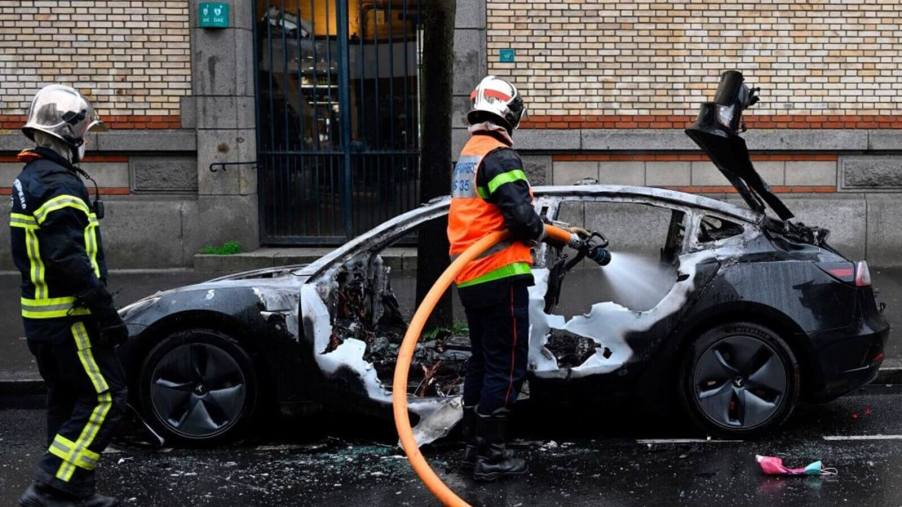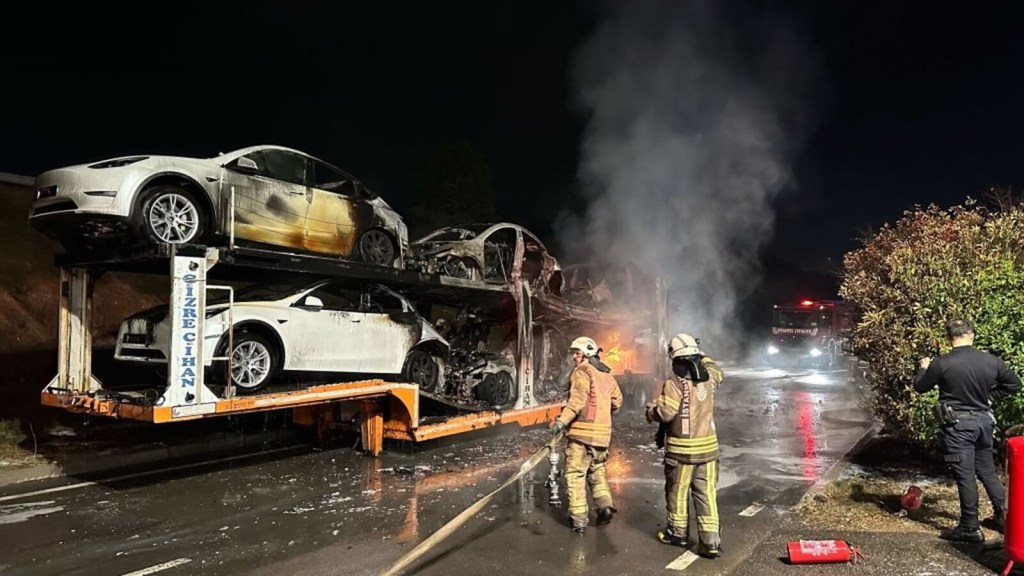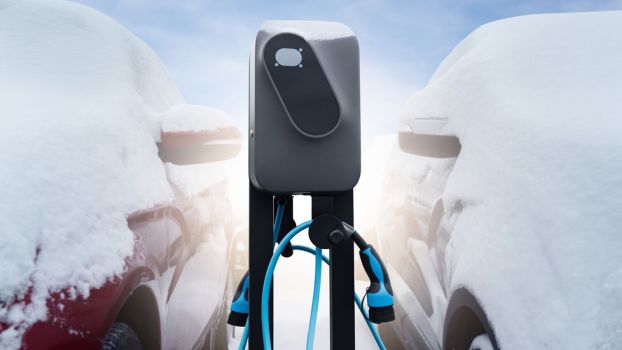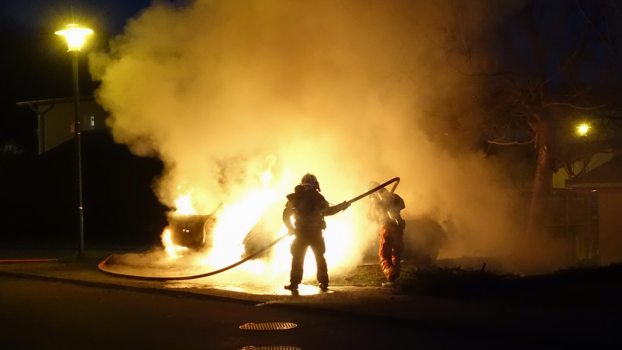
Why Are Electric Car Fires So Difficult To Extinguish?
Electric vehicles (EVs) get a lot of criticism from the ICE faithful. And while it’s frequently blown out of proportion, some things about EVs are cause for concern. Case in point, electric car fires, and thermal runaway present unique challenges to fire crews across the country. So, why are EV blazes so difficult to extinguish?
Electric car fires can operate in a state of thermal runaway making firefighting efforts extremely difficult
In an electric car, thermal runaway, or thermal instability can represent a chain reaction of immolating battery cells. According to Science Direct, battery cells that reach a certain temperature will become self-sustaining, satiating the fuel, heat, and oxygen requirements for combustion.
What’s more, in an electric car fire context, a battery pack can ignite, and lead to a continuous sequence of burning material. For a modern electric car with thousands of closely located battery cells, a self-sustaining fire is a very real possibility. That presents a unique challenge for modern fire departments and their crews.
Typically, knocking down a car fire involves deploying a hand line, approaching from a safe angle, and overwhelming the vehicle blaze with mass quantities of water. In some cases, a Class A firefighting foam can help smother burning surfaces.

However, with electric car fires, battery packs can light and continue to burn despite firefighters’ efforts to extinguish the fire with massive quantities of water. In fact, some examples of burning Tesla EVs required fire crews to flow over 35,000 to 45,000 gallons of water. That’s nearly 100 times the average amount for an ICE vehicle. What’s more, some earlier EV fires reignited after fire crews extinguished them.
Some fire departments promote a ‘let it burn’ policy regarding electric car fires
As odd as it sounds, some fire departments across the country are taking a hands-off, “let it burn” approach to electric car fires. Obviously, crews will have to ensure that an EV fire doesn’t lead to further loss of property, but allowing a burning EV to consume its combustible material is an option.
Will your EV spontaneously combust and burn for hours? Probably not. But it’s a challenge that fire crews around the country have to face.





